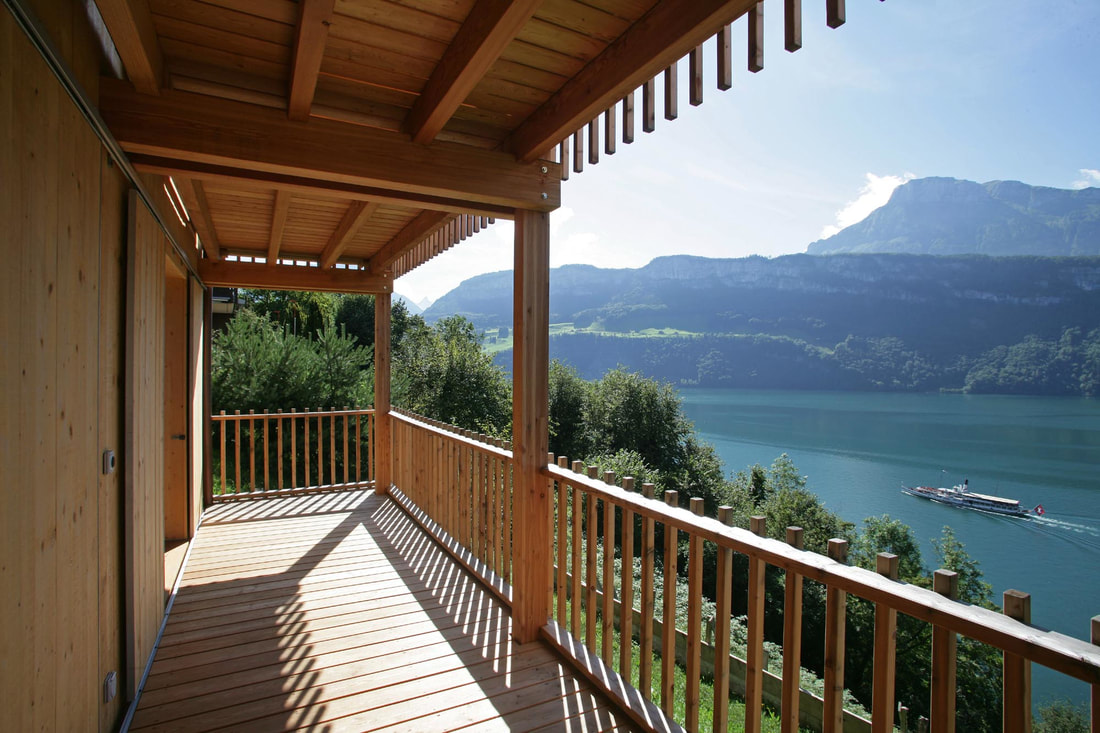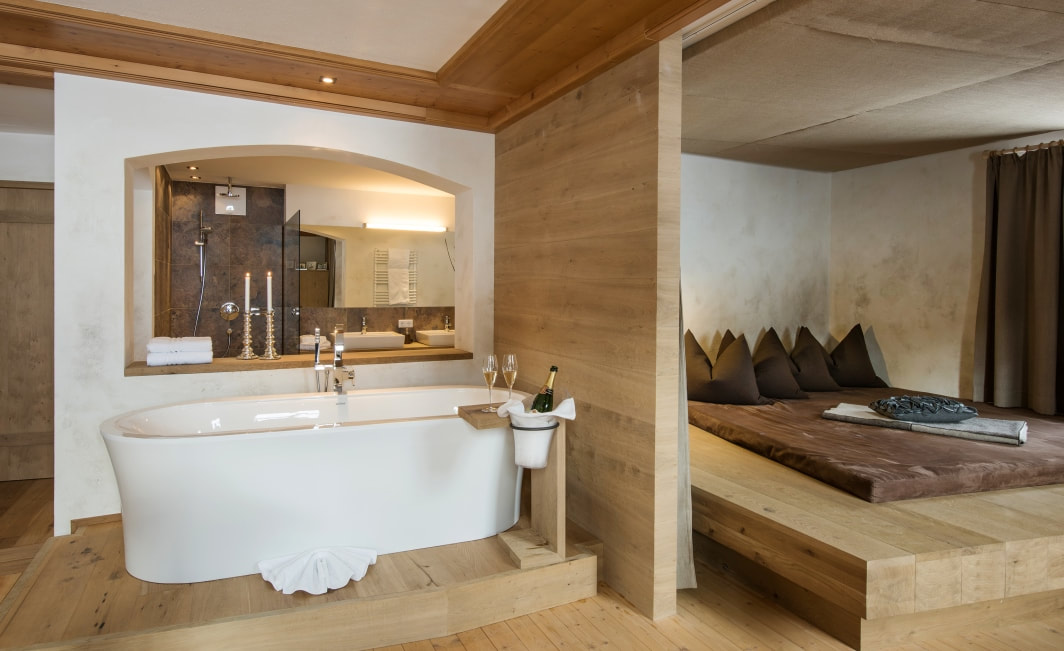|
In the early 1980's, forestry death was brought to the attention of the public for the first time. Dire reports predicting there would not be a single tree left standing in Europe took turns with appeasements and playing down the problem. Nowadays, we are able to look at several studies done by governments and forestry departments. We know about the regional dramatic repercussions, for example in the 'Erz- and Riesengebirge', where whole mountain ranges are bare of trees and are turning into steppe. We also registered tree diseases of particular types such as elm, oak and spruce to name just a few. On the other hand, most of our forests have survived the catastrophic storms of 1990 (violent storms Vivian and Wiebke) quite well. Forest managers and farmers have learnt much and nowadays, monocultures are rarely being planted anymore in middle Europe. Is the decline of forest still an issue today? Our technically advanced world, where all decision-making is done by the logical left brain, has tried to capture the phenomena of forest dieback with environmental impact studies, percentages and statistics. However, this is a big mistake which is about as erroneous as the planting of monocultures 20, 50, and 100 years ago. Imagine your child has measles. The doctor does nothing else but counts all the red spots on your child's skin and records it in a highly bureaucratic way. Would you trust this doctor? It is a similar situation with our forest. Statistics alone will not do the trick. Every tree is an amazing living being which connects heaven to earth. The plant and animal communities which live in and around trees constitute the forest. The question is, when is a tree 'well'? What is the foundation of our wellbeing? The answer is that we are feeling well and healthy when we are being loved and able to pass this love on to others. It is well known that people who speak to and touch their plants lovingly have the most beautiful flowers. We can apply this to our forests too and love our woods. We too will be healthier and feel better. How is 'loving the forest' supposed to look like in our daily life? To love something means to fully integrate it into one's life. The human being or the object of our love must not leave or be banned from our life. And this is where our forests have suffered most ill. Polluted air and bark beetles are only symptoms manifesting what has already happened in the hearts of humanity. Think about the large herds of bison in the northern American prairies. As long as the local Native Americans loved, appreciated and respectfully treated the animals, both the Indians and the bison were well. This balance lasted over hundreds of years. The bison meat nourished the Indians and the skins gave them a roof over their head. The European settlers brought along their own way of life and didn't understand the bison the way Indians did. Because the bison didn't have a place in the hearts of the white population, it did not take long for the animals to become extinct. It's not the bark beetle which threatens our forests; it is us who do not cherish it. Insects are as much a part of the forest community like birds, fox or deer are. The real cause for the death of our trees is the idea that we do not need them anymore in our daily lives. Once we believe this, that's when we start neglecting the forest. It becomes more dangerous for the forest, when our children grow up in houses made of toxic materials and plastic instead of wooden furniture and toys. They don't get to see and feel the magic and beauty of wood grain, wood floors, toys and musical instruments. Young girls and boys nowadays grow up playing on synthetic flooring instead of warm, wooden surfaces. Children surrounded by reinforced concrete instead will find it difficult to connect with wood later in their lives. Do you remember a wooden object from your childhood, one which you have touched often? Do you remember the floor boards or furniture in your bedroom which you were looking at every day when falling asleep? All the faces and animals and other imaginative beings you saw carved in its knotholes and grain? Subconsciously we experience our surrounding and mother nature in this manner every day. Can we afford to go without them? When we perceive precious wood in our forests as a cheap resource instead of a divine gift, our forests are in danger. We start clear cutting large areas for profit instead of harvesting mature trees to make space for young ones and give them their chance of developing. Once the wood has been treated, it is toxic and cannot be returned to nature to turn into mulch and provide nutrients for the next generation. To protect our environment means to accept and use it in a sensible way. Let us provide a healthy environment for our forests and make the best use of this amazing resource. Once wood plays a valuable role in people's lives again and we embrace wood as a divine gift, the forests will be treated as they should be.
0 Comments
Leave a Reply. |
AuthorHolz100 Canada Inc. Archives
July 2019
Categories
All
|
HoursMon - Fri.
9:30am - 4:30pm |
Officeadmin@holz100canada.com
|
President FRANK GHAHREMANI(416) 725-6747
|



 RSS Feed
RSS Feed


